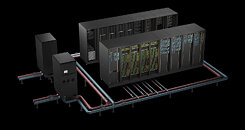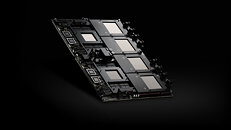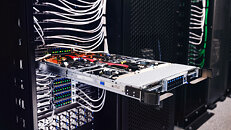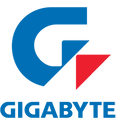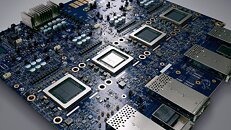This Week in Gaming (Week 26)
Welcome to the halfway point of 2025 and it's the slowest week of new releases we've had in a while, with this week's major release being a JPRG from SEGA. This is followed by another Asian game, but in a very different style, some zombie killing, but in a cute Asian way, another RPG, but about teenagers, a 25th anniversary remaster of a classic and finally a 2.5D platformer.
Persona5: The Phantom X / This week's major release / Thursday 26 June
The Persona series, which has sold over 23.5 million copies worldwide, welcomes its first mobile/PC release with its newest entry. Featuring a brand-new story and a cast of captivating new characters, the world of P5X offers an experience that both Persona5 fans and newcomers alike can enjoy. Steam link
Persona5: The Phantom X / This week's major release / Thursday 26 June
The Persona series, which has sold over 23.5 million copies worldwide, welcomes its first mobile/PC release with its newest entry. Featuring a brand-new story and a cast of captivating new characters, the world of P5X offers an experience that both Persona5 fans and newcomers alike can enjoy. Steam link














































